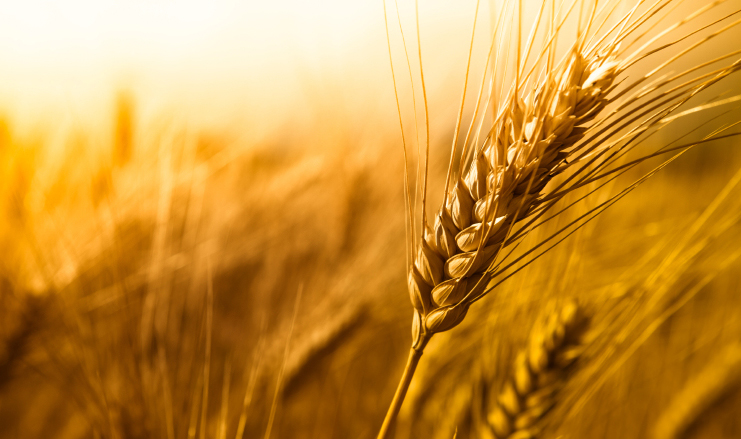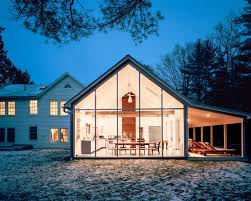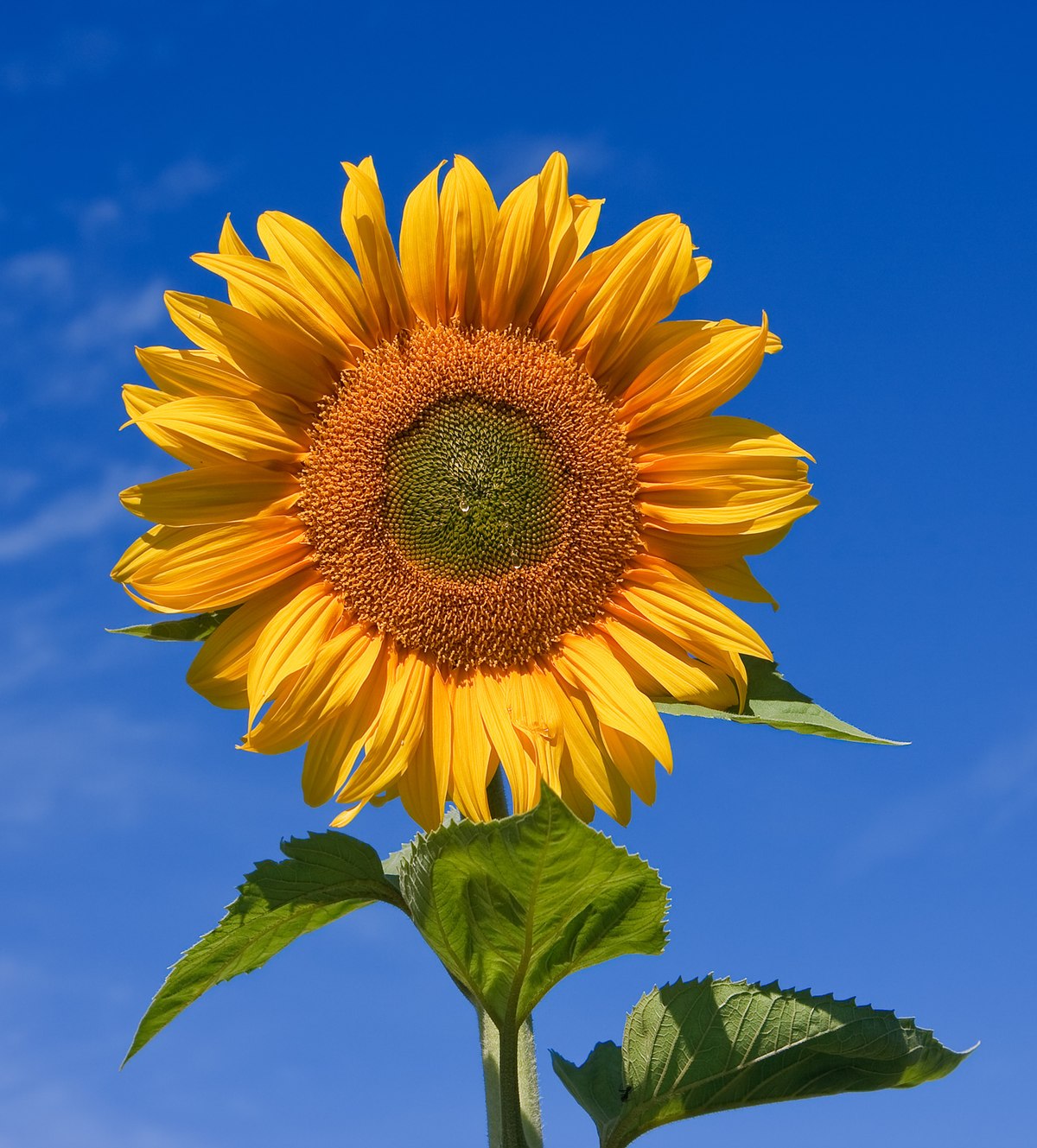Stamp: Field of sunflowers, Tree, Farmhouse. Redesign without logo (France 2023)
Field of sunflowers, Tree, Farmhouse. Redesign without logo (France 2023)
01 January (France ) within release MonTimbrEnLigne. Nature and Landscapes goes into circulation Stamp Field of sunflowers, Tree, Farmhouse. Redesign without logo face value Lettre No Face Value
| Stamp Field of sunflowers, Tree, Farmhouse. Redesign without logo in catalogues | |
|---|---|
| Colnect codes: | Col: FR-TIM 2023-256 |
Stamp is square format.
Also in the issue MonTimbrEnLigne. Nature and Landscapes:
- Stamp - Wintry Mountain View; Redesign face value Lettre;
- Stamp - Dandelion Seed Heads. Redesign without Laposte logo face value Lettre;
- Stamp - Forest Foot Bridge.. Redesign without Laposte logo face value Lettre;
- Stamp - Lake and Mountain View 3. La calanque d'En Vau. Redesign face value Lettre;
- Stamp - Lake and Mountain View 5. Redesign Courrier Suivi face value Lettre;
- Stamp - Sunny Field. Redesign without laposte logo face value Lettre;
- Stamp - Breton Cliffs. Redesign without laposte logo face value Lettre;
- Stamp - Field of Lavender. Redesign without laposte logo face value Lettre;
- Stamp - Field of sunflowers, Tree, Farmhouse. Redesign without logo face value Lettre;
- Stamp - Lake and Mountain View 1. Redesign without laposte logo face value Lettre;
- Stamp - Lake and Mountain View 3. La calanque d'En Vau. Redesign face value Lettre;
- Stamp - Lake and Mountain View 5. Redesign without laposte logo face value Lettre;
- Stamp - Mountain Valley. Redesign without La Poste logo face value Lettre;
- Stamp - Sunny Field.in black. Redesign without laposte logo face value Lettre;
- Stamp - View of Woods across lake from jetty without laposte logo face value Lettre;
- Stamp - White Cliffs at Etretat. Redesign without laposte logo face value Lettre;
- Stamp - Groin on the Beach in colour. Redesign without laposte logo face value Lettre;
- Stamp - Wintry Mountain View; Redesign. face value Lettre;
- Stamp - Lake and Mountain View 2. Redesign without laposte logo face value Lettre;
- Stamp - Lake and Mountain View 5. in black. Redesign no logo face value Lettre;
- Stamp - Field of Lavender. Redesign without laposte logo face value Lettre;
- Stamp - Forest Foot Bridge.. Redesign without Laposte logo in black face value Lettre;
- Stamp - Mountains and Clouds face value None;
- Stamp - Breton Cliffs. Redesign without laposte logo face value RecommandeeR1-A;
- Stamp - Lake and Mountain View 5. Redesign without laposte logo face value Lettre;
Stamp Field of sunflowers, Tree, Farmhouse. Redesign without logo it reflects the thematic directions:
A building or edifice is a structure with a roof and walls standing more or less permanently in one place, such as a house or factory. Buildings come in a variety of sizes, shapes and functions, and have been adapted throughout history for a wide number of factors, from building materials available, to weather conditions, to land prices, ground conditions, specific uses and aesthetic reasons. Buildings serve several needs of society – primarily as shelter from weather, security, living space, privacy, to store belongings, and to comfortably live and work. A building as a shelter represents a physical division of the human habitat (a place of comfort and safety) and the outside (a place that at times may be harsh and harmful).
A crop is a plant that can be grown and harvested extensively for profit or subsistence. In other words, crop is a plant or plant product that is grown for a specific purpose such as food, fibre or fuel.
When plants of the same species are cultivated in rows or other systematic arrangements, it is called crop field or crop cultivation.
A farmhouse is a building that serves as the primary quarters in a rural or agricultural setting. Historically, farmhouses were often combined with space for animals called a housebarn. Other farmhouses may be connected to one or more barns, built to form a courtyard, or with each farm building separate from each other.
A flower, sometimes known as a bloom or blossom, is the reproductive structure found in plants that are floral (plants of the division Magnoliophyta, also called angiosperms). The biological function of a flower is to effect reproduction, usually by providing a mechanism for the union of sperm with eggs. Flowers may facilitate outcrossing (fusion of sperm and eggs from different individuals in a population) or allow selfing (fusion of sperm and egg from the same flower). Some flowers produce diaspores without fertilization (parthenocarpy). Flowers contain sporangia and are the site where gametophytes develop. Many flowers have evolved to be attractive to animals, so as to cause them to be vectors for the transfer of pollen. After fertilization, the ovary of the flower develops into fruit containing seeds. In addition to facilitating the reproduction of flowering plants, flowers have long been admired and used by humans to beautify their environment, and also as objects of romance, ritual, religion, medicine and as a source of food.
A house is a single-unit residential building. It may range in complexity from a rudimentary hut to a complex structure of wood, masonry, concrete or other material, outfitted with plumbing, electrical, and heating, ventilation, and air conditioning systems. Houses use a range of different roofing systems to keep precipitation such as rain from getting into the dwelling space. Houses generally have doors or locks to secure the dwelling space and protect its inhabitants and contents from burglars or other trespassers. Most conventional modern houses in Western cultures will contain one or more bedrooms and bathrooms, a kitchen or cooking area, and a living room. A house may have a separate dining room, or the eating area may be integrated into the kitchen or another room. Some large houses in North America have a recreation room. In traditional agriculture-oriented societies, domestic animals such as chickens or larger livestock (like cattle) may share part of the house with humans.
A landscape is the visible features of an area of land, its landforms and how they integrate with natural or man-made features. A landscape includes the physical elements of geophysically defined landforms such as (ice-capped) mountains, hills, water bodies such as rivers, lakes, ponds and the sea, living elements of land cover including indigenous vegetation, human elements including different forms of land use, buildings and structures, and transitory elements such as lighting and weather conditions. Combining both their physical origins and the cultural overlay of human presence, often created over millennia, landscapes reflect a living synthesis of people and place that is vital to local and national identity. The character of a landscape helps define the self-image of the people who inhabit it and a sense of place that differentiates one region from other regions. It is the dynamic backdrop to people’s lives. Landscape can be as varied as farmland, a landscape park, or wilderness. The earth has a vast range of landscapes, including the icy landscapes of polar regions, mountainous landscapes, vast arid desert landscapes, islands and coastal landscapes, densely forested or wooded landscapes including past boreal forests and tropical rainforests, and agricultural landscapes of temperate and tropical regions.
The common sunflower (Helianthus annuus) is a living annual plant in the family Asteraceae, with a large flower head (capitulum). The stem of the flower can grow up to 3 metres tall, with a flower head that can be 30 cm wide. Other types of sunflowers include the California Royal Sunflower, which has a burgundy (red + purple) flower head.
In botany, a tree is a perennial plant with an elongated stem, or trunk, supporting branches and leaves in most species. In some usages, the definition of a tree may be narrower, including only woody plants with secondary growth, plants that are usable as lumber or plants above a specified height. Trees are not a taxonomic group but include a variety of plant species that have independently evolved a woody trunk and branches as a way to tower above other plants to compete for sunlight. In looser senses, the taller palms, the tree ferns, bananas and bamboos are also trees. Trees tend to be long-lived, some reaching several thousand years old. The tallest known tree, a coast redwood named Hyperion, stands 115.6 m (379 ft) high. Trees have been in existence for 370 million years. It is estimated that there are just over 3 trillion mature trees in the world. A tree typically has many secondary branches supported clear of the ground by the trunk. This trunk typically contains woody tissue for strength, and vascular tissue to carry materials from one part of the tree to another. For most trees it is surrounded by a layer of bark which serves as a protective barrier. Below the ground, the roots branch and spread out widely; they serve to anchor the tree and extract moisture and nutrients from the soil. Above ground, the branches divide into smaller branches and shoots. The shoots typically bear leaves, which capture light energy and convert it into sugars by photosynthesis, providing the food for the tree's growth and development. Flowers and fruit may also be present, but some trees, such as conifers, instead have pollen cones and seed cones; others, such as tree ferns, produce spores instead. Trees play a significant role in reducing erosion and moderating the climate. They remove carbon dioxide from the atmosphere and store large quantities of carbon in their tissues. Trees and forests provide a habitat for many species of animals and plants. Tropical rainforests are one of the most biodiverse habitats in the world. Trees provide shade and shelter, timber for construction, fuel for cooking and heating, and fruit for food as well as having many other uses. In parts of the world, forests are shrinking as trees are cleared to increase the amount of land available for agriculture. Because of their longevity and usefulness, trees have always been revered, with sacred groves in various cultures, and they play a role in many of the world's mythologies.








